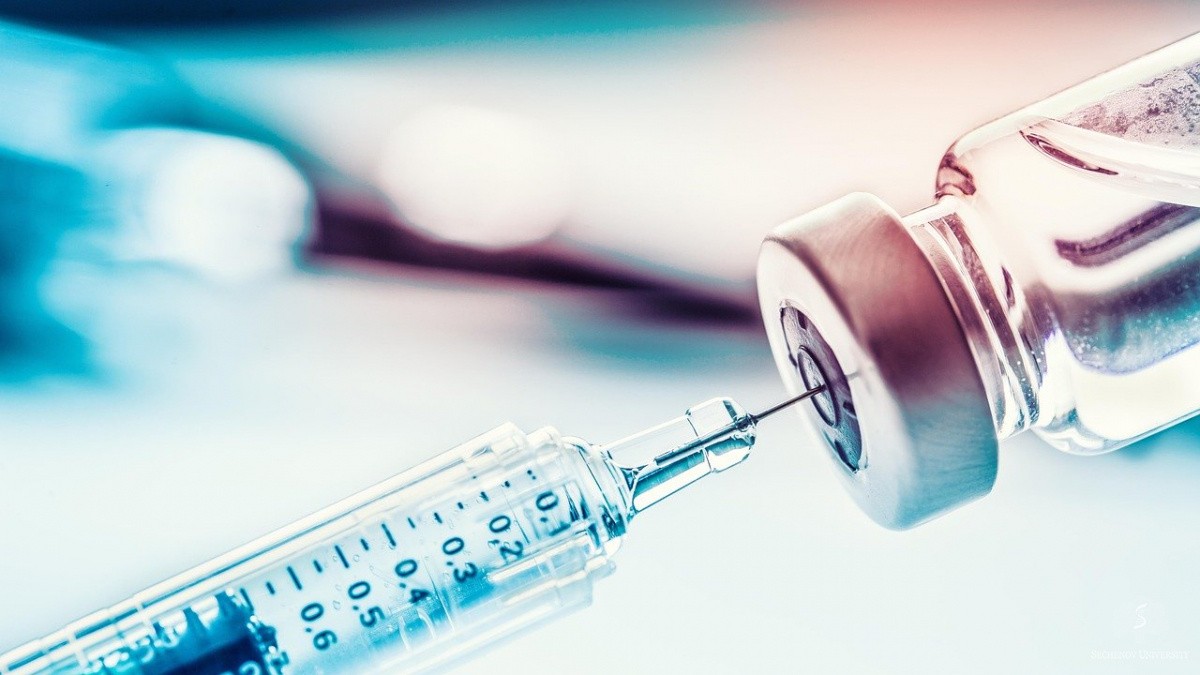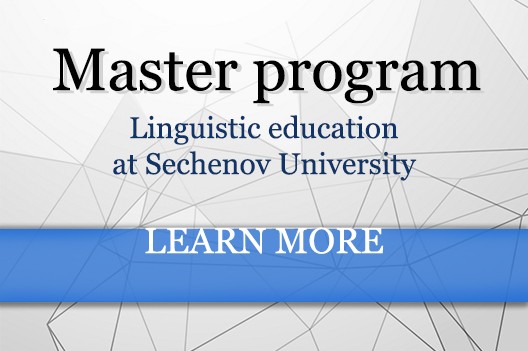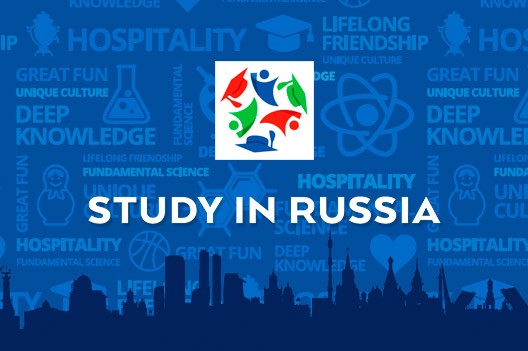-
About University
- Mission & Brand Strategy
- University Leadership
- Rector's Welcome
- History
- Regulatory Documents
- Contacts
- Staff
- International Recruitment
- Partners
Applicants- Why Sechenov University
- Degree Programmes in English
- Preparatory Training
- Non-Degree Programmes
- Transfer from other Institutions
- FAQs
17.08.2020Influenza vaccines stimulate cytokine production
 Although influenza vaccines are released every year to combat the new viral strains, the effects on the immune system need to be understood in more detail. Immunomodulators are sometimes included in vaccine formulations, and they are meant to improve the immune response. Sechenov scientists compare different influenza vaccines and decide which type provides the best immunological effect.
Although influenza vaccines are released every year to combat the new viral strains, the effects on the immune system need to be understood in more detail. Immunomodulators are sometimes included in vaccine formulations, and they are meant to improve the immune response. Sechenov scientists compare different influenza vaccines and decide which type provides the best immunological effect.
The importance of vaccination cannot be overestimated. Thanks to this powerful tool, humanity has been able to successfully withstand such diseases as tetanus, tuberculosis, diphtheria, tick-borne encephalitis, anthrax, hepatitis, and poliomyelitis — which is considered almost eradicated. Multiple vaccines are produced against influenza, too, and a number of countries including Russia routinely recommend the citizens to get a jab every year, to develop immunity to the new strains of the virus. And some vaccines, called adjuvant-containing, are meant to provide improved protection through extra-stimulation of the immune system. Sechenov University scientists have investigated the changes in the immune response after exposure to different influenza vaccines and published the data in the journal Frontiers in Immunology.
Both innate and acquired effectors are used by the organism to eliminate the influenza virus. The innate immune response is triggered in the first place, activating signalling cascades which stimulate the production of pro-inflammatory cytokines, type I interferons, and interleukins (IL-1, IL-6, IL-8). Cytokines of the IL-1 family are crucial for the formation of the humoral immune response. Vaccination stimulates cytokine production, but this process should be controlled, because some patients may feel unwell as a result — for example, the profile of Th2 cytokines is very sensitive for patients with allergies. Adjuvant-containing vaccines, which are gaining popularity in recent years, often include immunomodulators as additives that can activate immune effectors closely connected with the cytokine profile.
The researchers recruited 27 subjects, females aged 18–40, who were healthy or had chronic diseases in remission. The key point was that they had never been vaccinated against influenza and had not had respiratory infections within 6 months prior to the study. Venous blood samples were taken from the volunteers, and peripheral blood mononuclear leukocytes (PBML) were isolated for incubation with different influenza vaccines. After this, cytokines Th1, Th2, Th17, Th9, and Th22 were measured in PBML supernatants by flow cytometry. Vaccines of 3 types were used in the study: (i) inactivated subunit influenza vaccine, (ii) inactivated split-virion influenza vaccine, and (iii) trivalent polymer subunit inactivated influenza vaccine. The latter contained an immunoadjuvant, while the other two did not.
After exposure to the vaccines, Th-1 cytokine levels were higher compared to those in the control samples but did not depend much on the vaccine type. The immunoadjuvant formulation, however, stimulated the synthesis of IL-2, IL-6, and IL-1β more actively than the other two medicines. All 3 vaccines induced the production of IL-13, IL-10, and IL-17A equally well, while the immunoadjuvant version boosted the levels of IL-9 and IL-22. This last observation may indicate that the cellular regulatory functions are increased in the innate immune response.
The adjuvant-containing vaccine can stimulate cytokine production — in some cases better than other types of vaccines. However, in a larger clinical study, the initial antibody titres in the patients should be taken into account. Also, the efficacy of immunomodulators added to adjuvant-containing vaccines requires further investigation, as currently there are not many clinical data.
The study was carried out by Sechenov University (Department of Immunology) together with Mechnikov Research Institute of Vaccines and Sera (Moscow) and Institute of Immunology (Moscow).
Read more: Kostinov MP, Akhmatova NK, Khromova EA, Kostinova AM. Cytokine Profile in Human Peripheral Blood Mononuclear Leukocytes Exposed to Immunoadjuvant and Adjuvant-Free Vaccines Against Influenza. Front Immunol (2020).
Photo Credit: Pixabay 5439120
Embed on website
Influenza vaccines stimulate cytokine production
Although influenza vaccines are released every year to combat the new viral strains, the effects on the immune system need to be understood in more detail. Immunomodulators are sometimes included in vaccine formulations, and they are meant to improve the immune response. Sechenov scientists compare different influenza vaccines and decide which type provides the best immunological effect.
The importance of vaccination cannot be overestimated. Thanks to this powerful tool, humanity has been able to successfully withstand such diseases as tetanus, tuberculosis, diphtheria, tick-borne encephalitis, anthrax, hepatitis, and poliomyelitis — which is considered almost eradicated. Multiple vaccines are produced against influenza, too, and a number of countries including Russia routinely recommend the citizens to get a jab every year, to develop immunity to the new strains of the virus. And some vaccines, called adjuvant-containing, are meant to provide improved protection through extra-stimulation of the immune system. Sechenov University scientists have investigated the changes in the immune response after exposure to different influenza vaccines and published the data in the journal Frontiers in Immunology.
Both innate and acquired effectors are used by the organism to eliminate the influenza virus. The innate immune response is triggered in the first place, activating signalling cascades which stimulate the production of pro-inflammatory cytokines, type I interferons, and interleukins (IL-1, IL-6, IL-8). Cytokines of the IL-1 family are crucial for the formation of the humoral immune response. Vaccination stimulates cytokine production, but this process should be controlled, because some patients may feel unwell as a result — for example, the profile of Th2 cytokines is very sensitive for patients with allergies. Adjuvant-containing vaccines, which are gaining popularity in recent years, often include immunomodulators as additives that can activate immune effectors closely connected with the cytokine profile.
The researchers recruited 27 subjects, females aged 18–40, who were healthy or had chronic diseases in remission. The key point was that they had never been vaccinated against influenza and had not had respiratory infections within 6 months prior to the study. Venous blood samples were taken from the volunteers, and peripheral blood mononuclear leukocytes (PBML) were isolated for incubation with different influenza vaccines. After this, cytokines Th1, Th2, Th17, Th9, and Th22 were measured in PBML supernatants by flow cytometry. Vaccines of 3 types were used in the study: (i) inactivated subunit influenza vaccine, (ii) inactivated split-virion influenza vaccine, and (iii) trivalent polymer subunit inactivated influenza vaccine. The latter contained an immunoadjuvant, while the other two did not.
After exposure to the vaccines, Th-1 cytokine levels were higher compared to those in the control samples but did not depend much on the vaccine type. The immunoadjuvant formulation, however, stimulated the synthesis of IL-2, IL-6, and IL-1β more actively than the other two medicines. All 3 vaccines induced the production of IL-13, IL-10, and IL-17A equally well, while the immunoadjuvant version boosted the levels of IL-9 and IL-22. This last observation may indicate that the cellular regulatory functions are increased in the innate immune response.
The adjuvant-containing vaccine can stimulate cytokine production — in some cases better than other types of vaccines. However, in a larger clinical study, the initial antibody titres in the patients should be taken into account. Also, the efficacy of immunomodulators added to adjuvant-containing vaccines requires further investigation, as currently there are not many clinical data.
The study was carried out by Sechenov University (Department of Immunology) together with Mechnikov Research Institute of Vaccines and Sera (Moscow) and Institute of Immunology (Moscow).
Read more: Kostinov MP, Akhmatova NK, Khromova EA, Kostinova AM. Cytokine Profile in Human Peripheral Blood Mononuclear Leukocytes Exposed to Immunoadjuvant and Adjuvant-Free Vaccines Against Influenza. Front Immunol (2020).
Photo Credit: Pixabay 5439120



